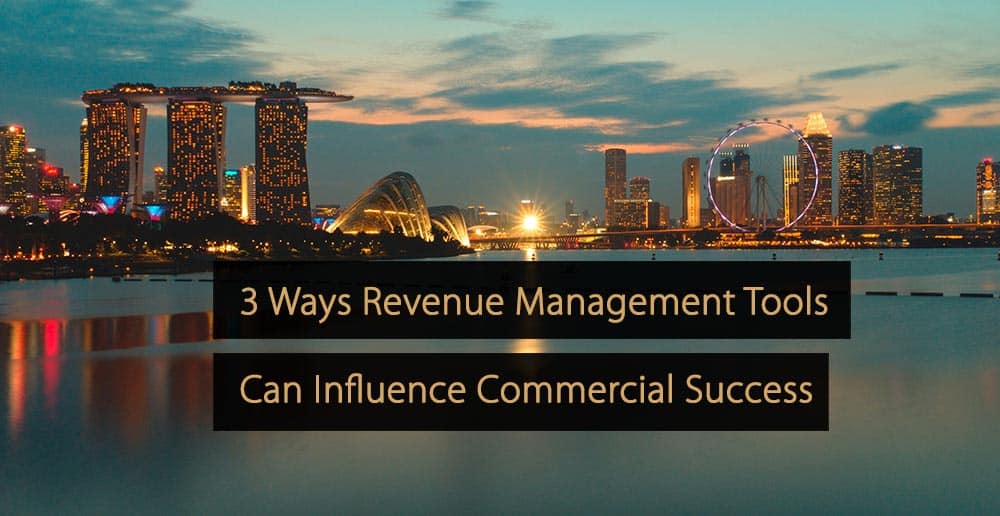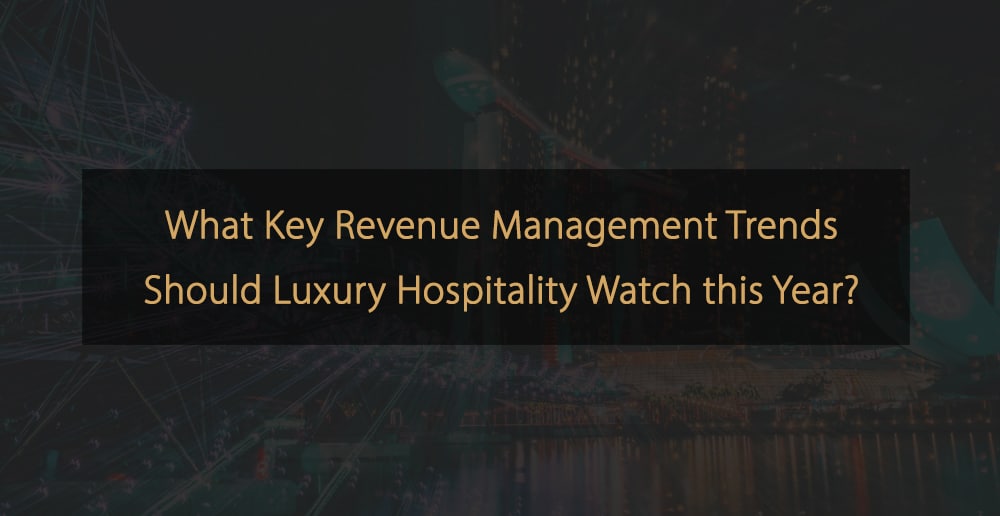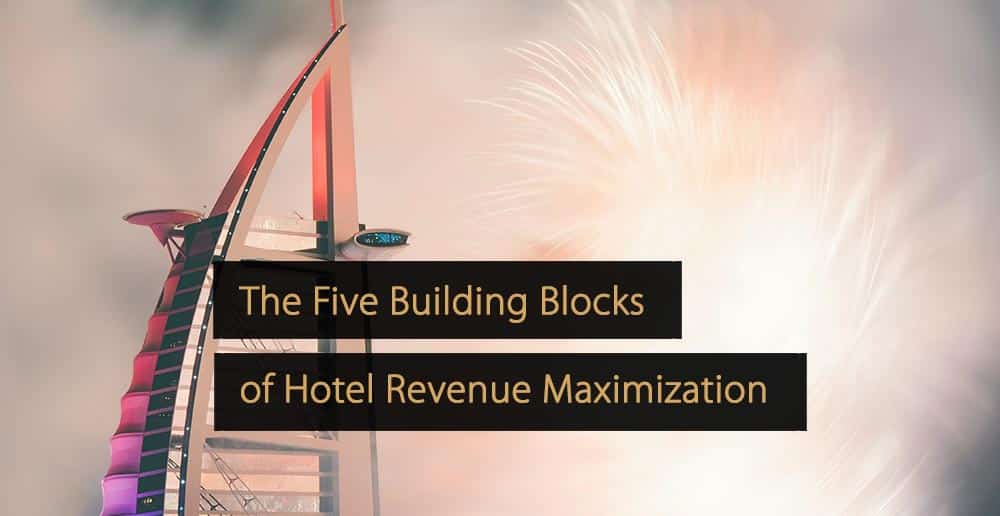If you think of revenue management tools as solely a means for rolling out dynamic pricing strategies and making the most out of the demand for your property’s room inventory, it’s time to challenge that assumption. While these tried-and-true capabilities are a staple at most hotels, today’s advanced revenue management systems are making great strides in breaking down the barriers between sales, revenue management, and marketing – and all to the benefit of hoteliers’ bottom line.
Unlocking Hidden Value with Revenue Management Tools
Advances in technology, system connectivity, and more have helped pave the way for capabilities that expand beyond the purview of maximizing room revenues. So, what have you been missing? Let’s take a look at some of the other practical ways revenue management tools can give your commercial strategy a leg up.
1. Better Understand the Potential Value of Group Business Opportunities
Finding the right mix of group and transient business is a tricky balancing act, and with group business demand reaching or eclipsing pre-pandemic levels, there’s a clear need for hoteliers to take a thoughtful approach when evaluating opportunities.
There’s plenty of nuance to finding the ideal mix for your property—a city-center urban hotel may be more comfortable depending on a higher allocation of transient bookings while resorts or large conference-driven hotels will often rely more heavily on groups—but with the right tools, commercial teams can make better informed evaluations and proposals as they strive for an optimal business mix.
For one, an advanced revenue management system’s ability to lend insight into projected transient demand during the span of a proposed group opportunity is an effective resource for managing risk. With this information, sales teams can gain insight into the potential revenue impact of displaced transient business, push to negotiate more favorable terms, and ultimately take steps that drive incremental performance improvements.
2. Using Demand Forecast Data to Influence Marketing Execution
What if your hotel’s marketing efforts not only generated demand—but did it at the precisely right time for the right dates to maximize the positive impact on your property’s bottom line?
Despite best intentions, marketing and revenue management have historically struggled to reach this level of synchronization. However, the advanced demand forecasting capability of an RMS can be used to help bridge this gap.
By using forecast data to identify upcoming need periods—and proactively deploying marketing tactics to address them—marketing teams can begin to move away from broadly targeted campaigns and misaligned metrics to take a more surgical approach to driving the right demand at the right time to maximize the impact of their marketing spending. This approach is already being deployed by the world’s most sophisticated commercial teams, and there’s significant potential for new tools and processes to accelerate adoption.
3. Manage and Maximize Your Function Space
Revenue managers are acutely aware of the need to ensure their inventory of rooms is being used to its peak potential. While meeting and event spaces have different operational considerations like servicing costs, impact on room availability, and turnover time needed between bookings than guest rooms, they face the same perishable inventory challenge: unsold or underutilized space means you’re leaving money on the table. Because of this, more commercial teams are adopting revenue management tools to deploy function space revenue management strategies.
Like with rooms-driven revenue management, having the right tools at your disposal can provide an immense help. By establishing and monitoring key performance metrics, understanding booking patterns, and efficiently consolidating key data like expected serving costs and ancillary spending to pair with room revenue impact, commercial leaders can take a much more strategic approach to maximizing the potential of their event space.
For instance, perhaps monitoring function space data shows your 300-person ballroom is consistently sold and used to half capacity while you’re turning away smaller events and gatherings with more profit potential—that might mean it’s time to explore adding room partitions to better fit the demand. Or even more simply, these tools can illuminate when your event space utilization is pacing behind historical trends, which help inform sales efforts.
Looking Beyond the Room to Drive Profitability
There is no question today’s advanced tools are helping hotel sales, revenue management, and marketing teams to break down the barriers that have historically limited their ability to strategize and act upon the opportunities that drive incremental profitability gains.
Of course, technology is only part of the picture. For commercial teams to make the most of a data-driven future, processes, responsibilities and ‘business as usual’ thinking will need to be challenged. Those who are willing to adapt and refine their approach will be well-positioned for defining what the next era of commercial success looks like.
Free Report: 5 Predictions Shaping Hospitality 2025: Insights & Actions
The hospitality industry is undergoing digital transformation due to evolving traveler behavior, market shifts, and advancing technology. Success requires agile, connected systems enabling real-time decisions. This report, 5 Predictions That Will Shape Hospitality, offers insights and actionable steps for success.
Click here to download the “5 Predictions That Will Shape Hospitality” report.
More Tips to Grow Your Business
Revfine.com is the leading knowledge platform for the hospitality and travel industry. Professionals use our insights, strategies, and actionable tips to get inspired, optimize revenue, innovate processes, and improve customer experience.Explore expert advice on management, marketing, revenue management, operations, software, and technology in our dedicated Hotel, Hospitality, and Travel & Tourism categories.







Leave A Comment